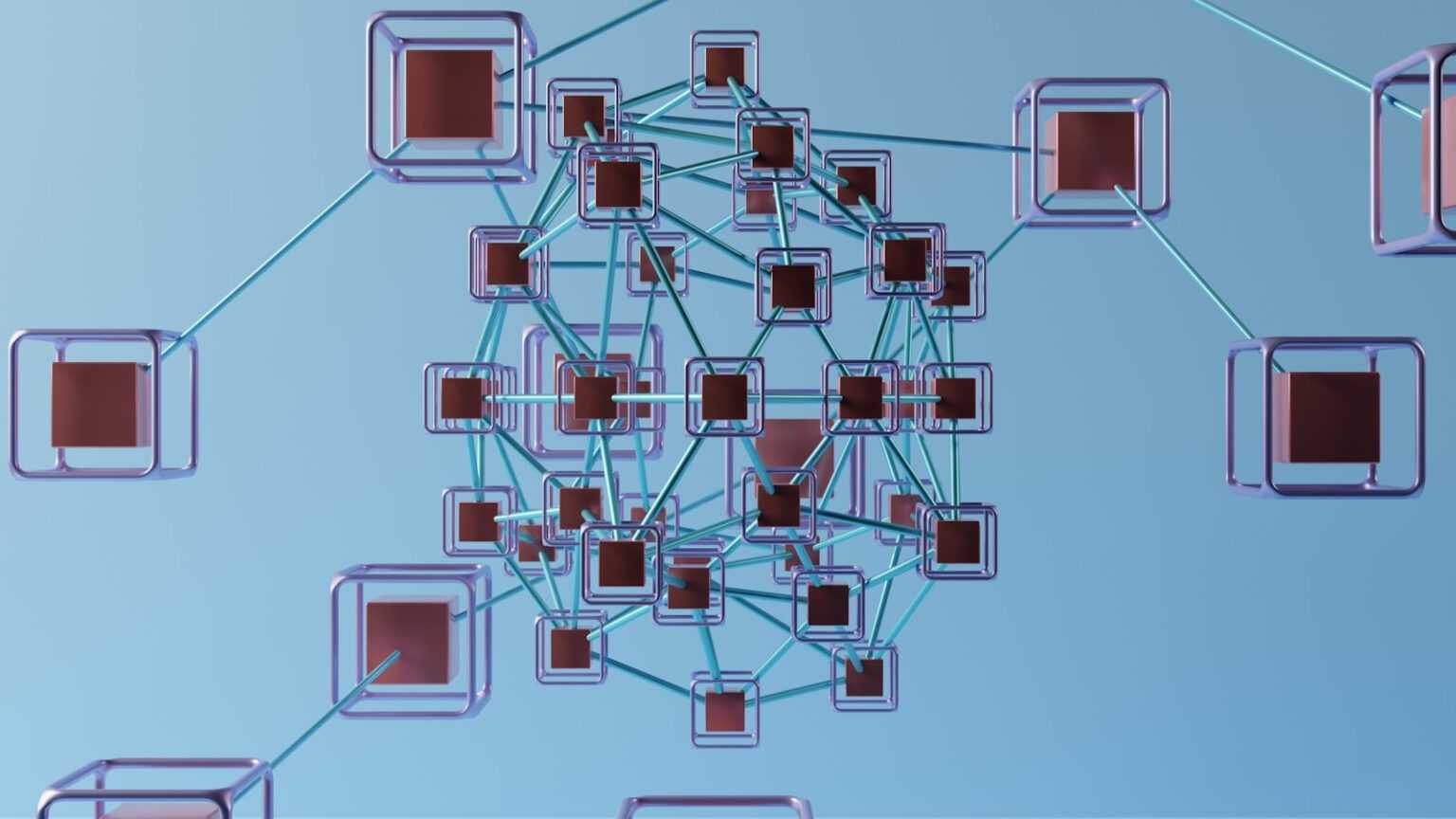Utilize a comprehensive portfolio to demonstrate expertise, combining documented projects, assessments, and endorsements. This collection serves as tangible evidence of abilities and supports claims made during professional evaluation or certification processes.
Adopting structured validation frameworks enhances trustworthiness by incorporating multiple data points such as practical tests, peer reviews, and automated assessments. These mechanisms reduce subjectivity and increase reliability in confirming individual qualifications.
Certification programs integrating transparent criteria with dynamic record-keeping enable continuous tracking of growth and proficiency development. Such solutions facilitate objective measurement while allowing professionals to showcase verified achievements efficiently.
Skill verification: competency proof systems
The implementation of decentralized validation mechanisms provides a robust approach to authenticate professional abilities without relying on centralized authorities. By leveraging cryptographic attestations recorded on blockchain ledgers, these frameworks enable transparent and tamper-resistant confirmation of individual qualifications. Such methodologies eliminate intermediaries, offering an immutable audit trail that enhances trustworthiness in professional portfolios.
One effective strategy involves integrating zero-knowledge proofs, which allow users to demonstrate possession of specific expertise without revealing sensitive information. This cryptographic technique ensures privacy while maintaining verifiability, crucial for scenarios requiring confidential certification disclosures. Platforms utilizing this method can securely validate credentials issued by recognized institutions or peer endorsements stored on distributed networks.
Technical Foundations and Practical Applications
Distributed registries serve as foundational infrastructure for storing credential metadata linked to verified skill sets. Smart contracts automate the issuance and revocation process based on predefined criteria, reducing administrative overhead and potential fraud vectors. For instance, the Ethereum blockchain hosts multiple projects that implement such programmable agreements to manage digital certifications dynamically.
A case study of a university employing blockchain-based accreditation demonstrates significant improvements in cross-border recognition of degrees. Graduates’ digital portfolios contain cryptographically signed badges accessible globally, facilitating employer assessments with minimal delay. This system’s modular design allows integration with human resource management tools, streamlining recruitment workflows through instant authenticity checks.
Innovations also extend to continuous learning environments where micro-credentials accumulate within personal repositories over time. These aggregated attestations create composite evidence reflecting evolving expertise rather than isolated achievements. Analysis algorithms then quantify proficiency levels based on cumulative data points, enabling more nuanced evaluation compared to traditional static certificates.
The convergence of cryptographic methods with decentralized infrastructures presents opportunities for experimental research into adaptive models assessing competence dynamically. Researchers can simulate varying trust assumptions and measure impacts on verification latency and scalability. Encouraging hands-on exploration through open-source frameworks will deepen understanding while refining practical deployment strategies.
Future inquiry may investigate hybrid architectures combining off-chain data storage with on-chain attestations to optimize performance without sacrificing security guarantees. Controlled trials assessing user experience in managing digital credentials could reveal behavioral patterns influencing adoption rates. Such systematic experimentation lays groundwork for iterative enhancements advancing reliable authentication paradigms within Digital Discovery initiatives.
Choosing Digital Credential Platforms
Selecting a platform for digital endorsements requires prioritizing transparent methodologies that enable reliable confirmation of professional capabilities. Systems designed to record and validate individual accomplishments should provide immutable records accessible through decentralized ledgers, ensuring authenticity while preventing fraudulent alterations. Evaluating platforms by their capacity to generate verifiable attestations linked directly to a user’s portfolio streamlines the presentation of qualifications in professional environments.
Technical architecture plays a pivotal role in determining the trustworthiness of these platforms. Distributed ledger technologies, such as blockchain implementations with consensus algorithms like Proof of Stake or Byzantine Fault Tolerance, offer resilient frameworks for storing evidence of expertise without centralized points of failure. Additionally, integration with identity management protocols–such as decentralized identifiers (DIDs) and verifiable credentials standards from W3C–enhances security and interoperability across multiple systems.
Key Features and Evaluation Metrics
When assessing platforms, consider how effectively they manage the lifecycle of attestations–from issuance through revocation–and whether they support cryptographic signatures that safeguard data integrity. The ability to aggregate diverse achievements into a comprehensive portfolio enables users to demonstrate multifaceted capabilities succinctly. Furthermore, platforms that incorporate automated validation processes reduce manual verification overhead and improve scalability for institutions issuing endorsements.
- Immutable storage: Ensures tamper-resistant records using cryptographic hashes anchored on blockchains.
- User control: Empowers individuals to selectively disclose evidence relevant to specific audiences.
- Interoperability: Supports adherence to open standards facilitating cross-platform recognition.
- Audit trails: Provides transparent logs for tracking the provenance and status changes of each credential.
A practical example is the Ethereum-based platform using ERC-721 tokens to represent unique certificates. By leveraging smart contracts, issuers automate conditions under which qualifications become valid or expire. Another case involves Hyperledger Indy networks supporting DID registrations that allow seamless identity verification without exposing sensitive personal information.
The selection process benefits from experimental comparison: issue sample attestations across multiple platforms and analyze latency in validation responses, ease of data export, and compatibility with employer verification workflows. Encouraging iterative testing fosters deeper understanding about how underlying cryptographic principles translate into practical reliability when endorsing professional qualifications digitally.
The convergence of cryptography, distributed consensus mechanisms, and identity frameworks transforms credentialing into an empirical field ripe for exploration. Users can design controlled investigations by issuing endorsements under varying conditions–such as different network loads or revocation scenarios–to observe resilience patterns firsthand. Such systematic experimentation not only builds confidence but also uncovers subtle nuances impacting adoption decisions within institutional contexts.
Integrating blockchain for validation
Adopting distributed ledger technology enhances the authentication of professional credentials by providing immutable records of acquired qualifications. This approach strengthens the reliability of digital portfolios through cryptographic anchoring, ensuring that each declaration of expertise is verifiable without reliance on centralized authorities. For instance, embedding certification metadata directly into a blockchain transaction creates tamper-resistant evidence accessible to employers and institutions globally.
The deployment of decentralized registries supports continuous monitoring and updating of individual achievements within a transparent environment. By linking endorsements or assessments to specific public keys, one can trace the provenance and legitimacy of claimed abilities over time. Experimental applications in academic credentialing demonstrate reduced fraud and streamlined verification workflows, highlighting how blockchain-enabled attestations serve as durable markers for genuine accomplishments.
Technical mechanisms behind credential immutability
At the core of this integration lies Merkle tree structures combined with consensus algorithms that guarantee data integrity across network nodes. When a new record detailing an individual’s qualifications is introduced, it undergoes hashing processes before being included in a block validated by consensus protocols such as Proof-of-Stake or Practical Byzantine Fault Tolerance. This ensures that any alteration would require infeasible computational effort, rendering falsification attempts detectable and economically impractical.
Case studies from platforms like Blockcerts illustrate how digital badges encapsulate cryptographic proofs linking back to issuing bodies’ signatures. These badges become part of an auditable chain where verification tools extract embedded evidence to confirm authenticity instantly. Such methodologies enable professionals to maintain dynamic portfolios reflecting their evolving capabilities while granting third parties confidence in the documented achievements without intermediary checks.
Automating Skill Assessment Workflows
Integrating automated evaluation workflows significantly enhances the accuracy and reliability of professional aptitude measurement. By leveraging advanced credentialing platforms, organizations can systematically compile comprehensive portfolios that demonstrate practical capabilities across various domains. These platforms support real-time validation of individual achievements, allowing for seamless confirmation of expertise without manual intervention.
Decentralized ledger technologies provide immutable records that serve as verifiable attestations for certifications earned by candidates. This ensures transparency in documenting professional development milestones and prevents fraudulent claims. The use of cryptographic methods in these frameworks establishes trustworthiness in verifying the authenticity of qualifications presented during recruitment or internal assessments.
Technical Implementation and Case Studies
An effective automated workflow incorporates multi-layered evidence aggregation, including project deliverables, peer reviews, and formal endorsements. For example, blockchain-enabled registries aggregate data points from multiple sources to create a unified repository reflecting an individual’s mastery level. Companies such as Learning Machine have demonstrated how digital credentials anchored on distributed ledgers simplify recognition processes while maintaining strict data integrity.
The process typically involves:
- Collecting artifacts representing professional achievements;
- Encoding metadata associated with each accomplishment into tamper-proof records;
- Issuing machine-readable certificates accessible through secure APIs;
- Performing algorithmic comparisons against predefined competency models.
This structured approach not only accelerates candidate evaluation but also fosters continuous feedback loops enabling personalized development plans based on verified strengths and gaps.
The adoption of autonomous credential verification reduces operational overhead and minimizes human bias inherent in traditional assessment methods. A notable experiment conducted within a multinational corporation showed that automatic endorsement checks cut down processing time by 70% while increasing confidence in qualification validity. Such empirical findings illustrate the potential for scaling these solutions across industries requiring stringent compliance with qualification standards.
The interplay between cryptographic assurance and interoperable data structures forms the backbone of reliable automation frameworks for credential issuance and validation. Experimentally adjusting parameters such as consensus algorithms or metadata granularity can influence throughput and security levels, thus inviting further exploration tailored to organizational needs.
A systematic investigation into automated portfolio curation reveals pathways to optimize alignment between documented competencies and evolving industry requirements. Embracing modular architectures enables incremental integration of new evidence types or analytic tools without disrupting existing workflows. This adaptability is vital for maintaining relevance amid shifting technical standards or regulatory mandates encountered in global labor markets.
Ensuring Data Privacy Compliance
To achieve compliance with data privacy regulations, it is critical to implement robust mechanisms for validating the authenticity and integrity of personal information processing. This requires adopting methodologies that provide reliable documentation confirming adherence to legal standards, such as GDPR or CCPA. Transparent records demonstrating operational accuracy reduce risks of non-compliance by offering clear substantiation during audits or regulatory reviews.
Building a comprehensive record of qualifications and credentials related to privacy management enhances organizational trustworthiness. Maintaining an updated portfolio detailing personnel expertise in data protection protocols ensures accountability and facilitates targeted skill evaluation. Employing structured approaches for assessing proficiency helps organizations allocate resources effectively toward continuous improvement.
Technical Approaches to Privacy Assurance
One effective method involves cryptographic attestations that enable verification without exposing sensitive data elements. Zero-knowledge proofs, for example, allow proving compliance properties while preserving confidentiality. Such cryptographic evidence can be integrated within distributed ledgers to create immutable audit trails, enhancing transparency and reducing opportunities for tampering.
Case studies reveal practical implementations where blockchain-based registries catalog professional certifications linked to privacy competencies. These registries serve as decentralized repositories that validate the legitimacy of claims through consensus mechanisms. By cross-referencing these records with internal compliance logs, organizations can elevate confidence in their privacy controls.
Experimentally, researchers have demonstrated layered validation schemes combining automated monitoring tools with human expert reviews to verify adherence dynamically. This hybrid approach balances algorithmic precision with contextual judgment, thereby improving detection of anomalies or procedural deviations. Organizations are encouraged to replicate such models by designing feedback loops that continuously refine verification criteria based on empirical findings.
Conclusion: Interpreting Adoption Metrics for Credentialing Technologies
Quantitative analysis of user engagement provides compelling evidence that platforms offering certification functionalities significantly enhance professional portfolios by validating expertise through rigorous assessment protocols. Data indicates a positive correlation between transparent endorsement mechanisms and sustained user retention, suggesting that demonstrable mastery fosters trust and incentivizes continual skill accumulation.
Future iterations of these authorization frameworks must integrate adaptive evaluation algorithms to accommodate evolving industry demands, ensuring that recognition remains relevant and reflective of authentic capability. Incorporating decentralized attestations alongside traditional validation techniques could further decentralize credibility, expanding accessibility while preserving integrity.
Technical Insights and Prospective Directions
- Metric-Driven Optimization: Leveraging granular interaction data–such as completion rates, challenge difficulty progression, and peer endorsements–enables iterative refinement of qualification pathways to optimize learner outcomes.
- Portfolio Integration: Seamless embedding of verified credentials into digital resumes or blockchain-based identity layers enhances cross-platform interoperability and professional visibility.
- Automated Authentication Protocols: Employing cryptographic proofs with zero-knowledge constructs can streamline credential confirmation without compromising user privacy.
- User Behavior Modeling: Predictive analytics on adoption trends can guide targeted interventions to boost uptake in underrepresented demographics or emerging sectors.
The convergence of distributed ledger innovations with dynamic appraisal methods heralds a paradigm shift in how mastery is recognized and mobilized within professional ecosystems. Researchers are encouraged to experimentally evaluate the impact of hybrid verification architectures combining algorithmic scoring with human adjudication to balance scalability with contextual nuance. As this domain advances, fostering an open experimental mindset will be key to unlocking novel approaches that align credential distribution with evolving competence landscapes.








